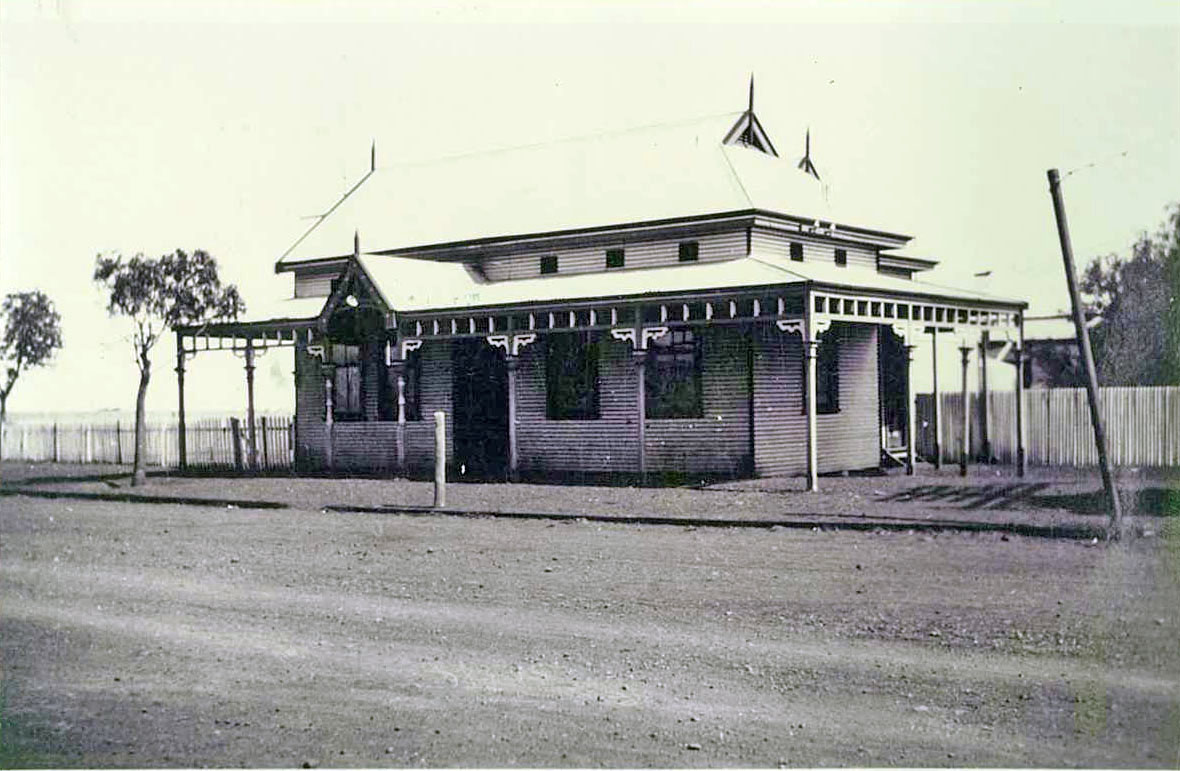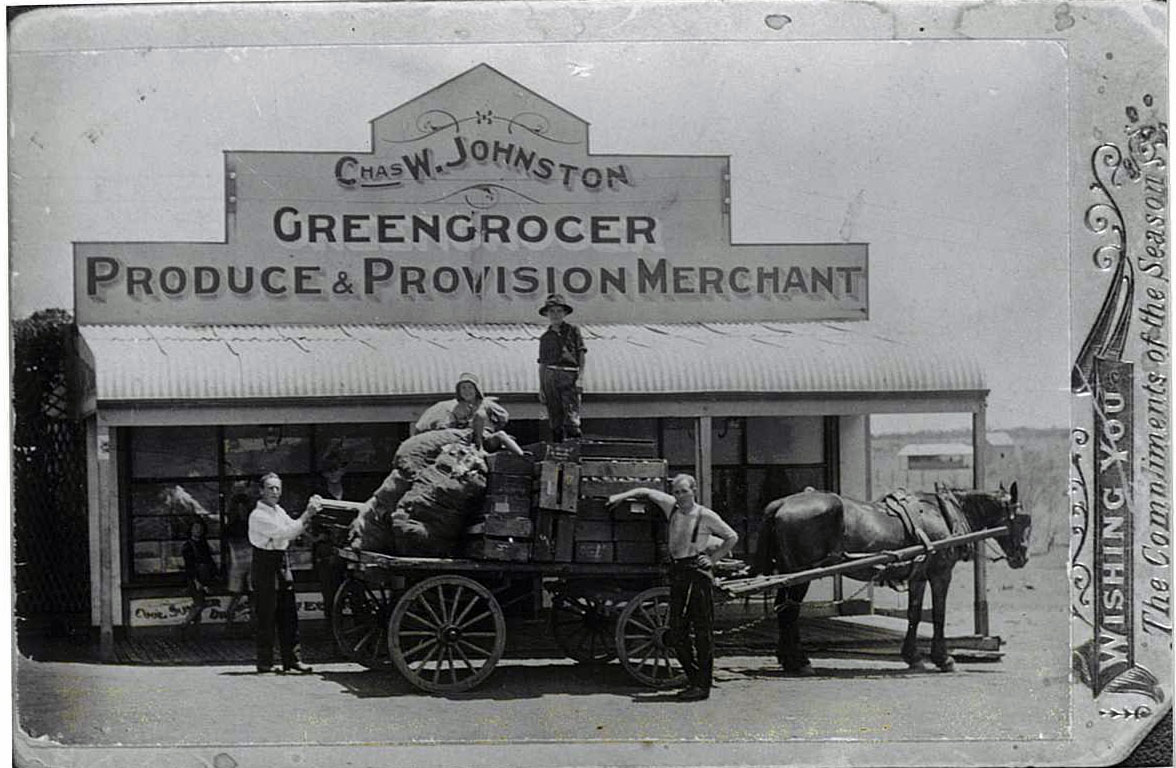Our Background, Our Culture
 Before the 1890's, the area we now call Meekatharra was known as Mikadah by the Yamatji inhabitants and means "place of little water". The rich landscape provided a wide variety of bush tucker in the form of both plants and animals, with soaks and gnamma holes providing vital water sources year-round. The historic soak is signposted and still visible if you take the Rangelands Creek Trail that parallels Main Street.
Before the 1890's, the area we now call Meekatharra was known as Mikadah by the Yamatji inhabitants and means "place of little water". The rich landscape provided a wide variety of bush tucker in the form of both plants and animals, with soaks and gnamma holes providing vital water sources year-round. The historic soak is signposted and still visible if you take the Rangelands Creek Trail that parallels Main Street.
Aboriginal people have played an important part in the pastoral industry and the growth of the area's towns.
The traditional owners of the lands around Meekatharra are the Ngoonooru Wajarri to the west (part of the Wajarri Yamatji people) and the Yugunga-Nya people to the east. The whole shire stretches almost all the way to Newman and is also home to the Nharnuwangga, Gingirana, Nyiyaparli and Ngarlawangga peoples. Aboriginal culture continues to this day with many families in our town and area who come from many of our neighbouring and regional indigenous groups. The main Aboriginal languages spoken locally today are Wajarri, Martu Wangka and Tjupan.
Meeka came late into the gold rush, with a brief flurry of interest in the mid 1890's when J.F. Connolly's horse reputedly stumbled on gold-bearing rock some distance south of here. Most gold prospecting and mining activity took place near our adjoining towns, including Garden Gully and Nannine, which are now a barely-visible ghost towns a short distance from town. Prospectors Meehan, Porter and Stoich registered their mine, "The Meekatharra" in 1894, and by 1894 a settlement had sprung up as those struck with gold fever looked for fresh prospects.
The town was gazetted in 1903 and became a natural centre point, with Afghan camel trains travelling north and south along the rough dirt track that is now the Great Northern Highway. The photo above shows a camel train bringing supplies up Meekatharra's Main Street in 1910.
As demand grew, the state built a railroad connecting Meekatharra to Perth in 1910 and to Wiluna in 1932. The Wiluna line closed in 1957, leaving Meeka as the northern end of the state-owned railway system; this is the main reason for Meekatharra's growth as our neighbouring towns saw their gold booms fade. Sheep farming brought significant pastoral activity, which is now dominated by cattle. Meekatharra's station families are a key part of our community.
During WW2, the Americans built our unique airstrip. Its size and central location in WA mean we see some unusual aircraft coming in to refuel, and it is now an important base for the Royal Flying Doctor Service.
In the 1970's, the Great Northern Highway was sealed, making the region more accessible for mining and pastoral transport. The railway closed in 1978, giving way to the famous road trains and cattle trucks and making Meekatharra a natural hub for government and other services. The School of the Air was once based here and is still in use via its new base in Geraldton by many of our children.
Our Museum is a wonderful, eclectic place where you can explore many interesting details and stories of Meekatharra's history.